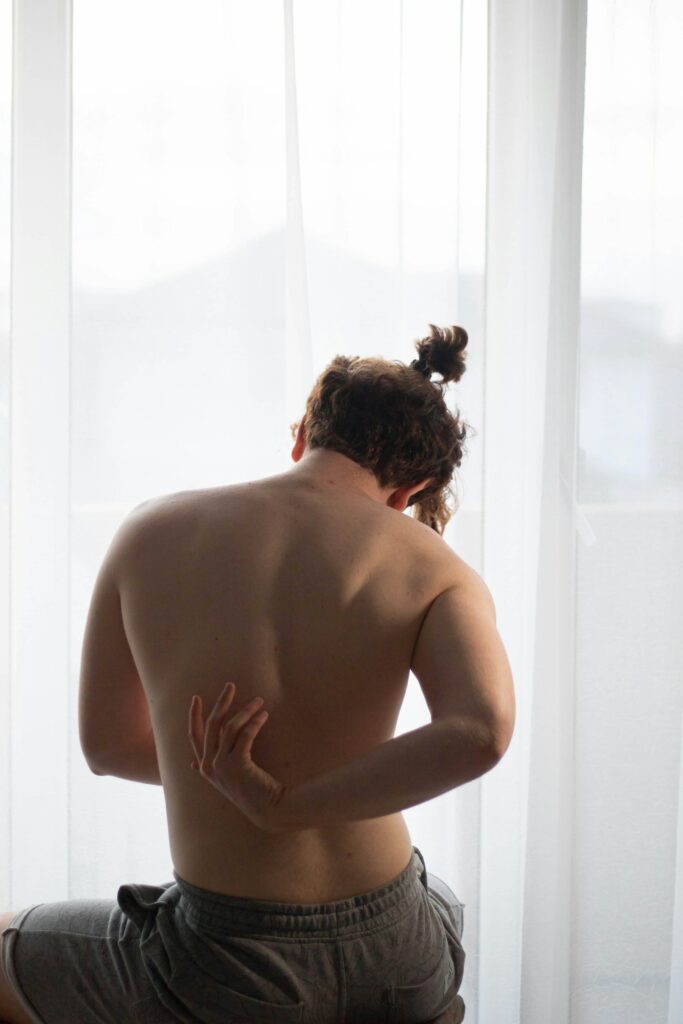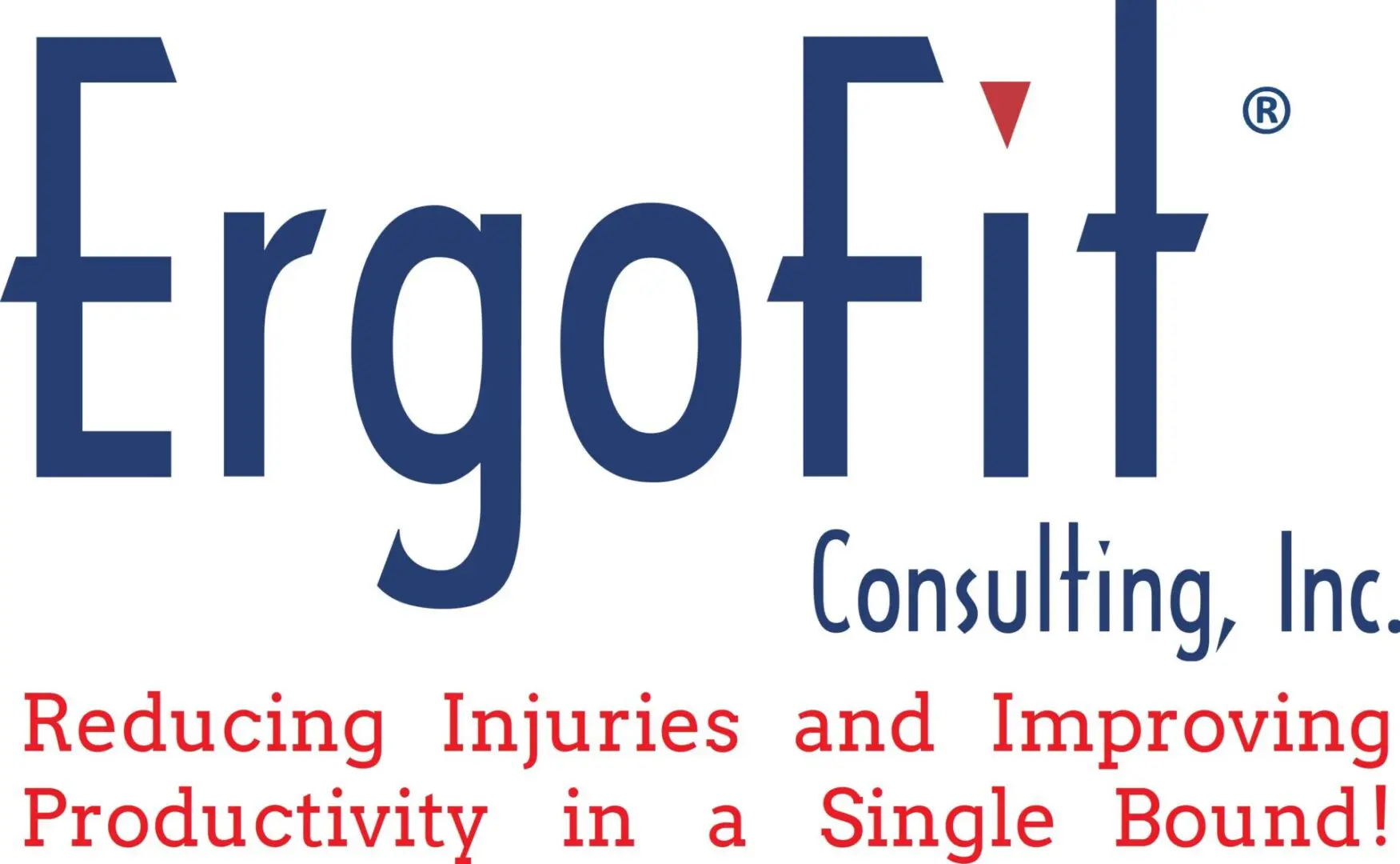
Understanding and Alleviating Low Back Pain When Standing
Why does standing make my low back hurt? While most people have more low back discomfort with sitting, many instead find standing to be more uncomfortable to the low back. This is a global issue that relates to millions of individuals and can affect day-to-day living. This article will examine the causes of this discomfort and the ways in which posture, everyday routines, and physical health all play a role. We will also provide solutions to help alleviate and manage the pain giving insights into how to maintain a healthy back.
Why Is My Lower Back Pain Worse When Standing?
Standing for periods of time can put stress on the structures of the spine leading to heightened lower back discomfort. This is often due to age related wear and tear of discs and joints, or conditions such as herniated discs or sciatica. When standing improperly, there can be an increase (beyond neutral) in the curvature of the spine which puts pressure on facet joints. Facet joints connect vertebrae. Excessive spinal curves can intensify pain in cases where these joints are inflamed. Taking action to reduce this pain and enhance one’s capacity to stand comfortably for extended periods of time requires an understanding of body mechanics and the ability to identify your symptoms.
To mitigate this discomfort and improve the ability to stand comfortably for longer periods, incorporating proper ergonomic designs and principles is essential. Ergonomics focuses on optimizing the environment to suit individual needs, thereby reducing musculoskeletal discomfort and injury risk. Key strategies include:
- Correct Standing Posture: Adopting a posture that maintains the natural and neutral alignment of the spine. This involves standing with feet shoulder-width apart, distributing weight evenly, and avoiding slouching.
- Movement and Stretching: Regularly changing positions, taking short walks, and performing gentle stretches to relieve tension and enhance blood circulation.
- Supportive Footwear: Wearing shoes that provide adequate support, especially to the arches, can reduce the strain on the lower back.
- Ergonomic Aids: Utilizing ergonomic accessories such as firmer rather than “squishy” anti-fatigue mats, which offer cushioning and encourage subtle movements of leg muscles, can be beneficial.
- Workstation Design and Setup: For those who stand while working, ensure the workstation is ergonomically designed to promote good total body posture including your head. This includes adjusting the height of work surfaces and what you’re looking at, as well as improving forward reach distances, in order to prevent stooping or reaching.
- Early Symptom Identification: Being aware of the early signs of discomfort and addressing them promptly can prevent the progression of pain. The earliest sign is general aching or muscular fatigue. It progresses from there, perhaps to throbbing or stabbing pain. And it can progress even further if the nerves get involved. Pay attention early and change your setup, your tasks sequence, and your posture.
Struggling with low back pain in your standing work environment? Contact ErgoFit Consulting for ergonomic solutions tailored to alleviate discomfort and enhance employee wellness.
How Do You Relieve Back Pain When You Can’t Stand Up Straight?
It can be quite difficult and irritating to deal with pain which makes it difficult for you to stand up straight. There are various techniques others have used to help. For example, others have used cold packs or over-the-counter medicine.s. It’s crucial to keep in mind that these solutions only have the potential to be beneficial in the short run, and medicines typically are taxing to your liver. In fact, the number one solution is walking. This is the opposite of what most people think, as most people seem to think they should lie down.
To truly address the cause of the pain, it is crucial to incorporate low impact exercises into your routine, such as swimming or walking. These activities help strengthen your back without placing strain on it. Improving your posture plays a role in finding long term relief. The goal is to achieve a body position where these joints are all stacked vertically on top of one another in a mostly straight line: ear lobes, shoulder joints, hip joints, ankle joints.
Additionally, adopting mindful practices and using ergonomically designed furniture and work cells that supports the natural curve of your spine can significantly aid in reducing discomfort. Ergonomic design focuses on creating an environment that complements the body’s natural posture, reducing strain on the back.
Related Link: 10 Daily Habits To Stop Back Pain
Why Does My Lower Back Hurt When I Stand Up From a Sitting Position?
If you’re experiencing discomfort when standing up after sitting, rest assured that many others face the issue. It occurs due to changes in how your spine supports the weight of your body when you shift positions. Sitting with posture like slouching, reclining without low back support, or leaning forward for periods can make the discomfort worse by causing muscle imbalances and putting pressure on the spine. To alleviate this discomfort it’s important to develop safe sitting habits. This includes using a chair that supports your low back by filling the space between your low back and the back of the chair. It is also very important to have solid foot support on the ground or a foot rest.
Including movement in your routine can also be beneficial. For example, you could take hourly breaks to go for a 2-minute stroll. This will enhance blood circulation, pump fluids in and out of your discs, and t release tense muscles. By following these practices you’ll not experience relief from discomfort but also promote long term spinal health by maintaining proper alignment and reducing strain on your back muscles.
How Do You Tell If Lower Back Pain Is Muscle or Disc?

For the purpose of treatment and rehabilitation, it is essential to identify if lower back pain is brought on by strained muscles or disc problems. Muscle pain usually feels worse with movements or different positions. It may manifest as an ache, tightness or spasms. Resting, applying alternating hot/cold therapy and performing gentle stretches often bring relief for this type of pain.
On the other hand, disc related pain tends to be more severe with symptoms like shooting pain, numbness or tingling that radiates down to the legs. These signs suggest conditions such as herniated discs or sciatica which require specialized treatment approaches. Consulting with a healthcare professional is essential to receive a diagnosis and appropriate treatment plan.
Related Link: 9 Exercises to Strengthen and Stretch the Lower Back
How Do You Reduce Discomfort in Your Lower Back?
Alleviating tension in your lower back can be significantly aided by incorporating ergonomic designs in your workplace, along with a combination of stretching, strengthening, and relaxation techniques. Ergonomically optimizing your workspace ensures that your body maintains a natural, healthy posture during work hours, which is crucial for preventing and reducing back pain.
Here are some examples to consider:
- Ergonomic Chair: Use an ergonomic office chair that provides good lumbar support. This type of chair helps maintain the natural curve of your spine, reducing stress on your lower back. The chair should be adjustable so that your feet can rest flat on the floor (or a footrest) with your knees are at or slightly lower than hip level.
- Desk Height: Ensure that your desk is at the correct height. Your arms should be able to comfortably rest on the desk with your shoulders relaxed, preventing unnecessary strain on your back.
- Computer Monitor Position: Position your computer monitor at eye level to avoid tilting your head and neck, which can lead to back strain over time.
- Regular Stretching: Incorporate stretches into your routine, such as standing tall, gentle spinal twists, or shoulder blade squeezes. These can be done every hour to help relieve muscle tightness and improve flexibility.
- Strengthening Exercises: Engage in exercises that strengthen your core and lower back muscles, such as planks, bridges, and rearward arm pulls. This can be done during breaks or as part of a regular fitness routine outside of work hours.
- Relaxation Techniques: Practice relaxation techniques such as deep breathing or mindfulness during breaks. This helps in reducing tension and stress, which often contributes to lower back pain.
- Frequent Breaks: Take short 2-minute breaks every hour to walk around or do light stretching. This helps in improving circulation and preventing muscle stiffness.
- Footrest: If your feet don’t reach the floor when sitting, use a footrest. This helps in maintaining proper alignment and distribution of weight.
Can Bad Spine Posture Be Fixed?
Correcting spinal posture requires consistent effort and lifestyle changes. Regularly monitoring your posture, incorporating solutions into your life and engaging in core strengthening exercises are essential steps towards achieving better posture. Over time these practices can help improve your posture and promote a healthier spine – ultimately resulting in reduced back pain and better overall spinal health.
Using ErgoFit Consulting Inc.
At ErgoFit Consulting Inc. we understand the complexities of pain and provide targeted solutions through our Industrial Ergonomic Task Assessment, Individual Ergonomic Evaluations, warm up and stretching programs, and our Protect Your Back! offerings. The Task Assessment aims to identify and eliminate job task conditions or factors that contribute to back pain in the workplace for most or all employees performing that task. Our comprehensive ergonomic assessments and programs focus on providing relief from back pain and other common areas of discomfort.. We consider work environments and physical conditions to offer solutions based on our expertise, in ergonomics and occupational therapy.
Elevate your standing workstations with ergonomic expertise. Contact ErgoFit Consulting to learn ways to combat low back pain and boost employee comfort and productivity.
Overcoming Lower Back Pain with Informed Strategies and Expert Guidance

Lower back pain during standing can be effectively managed through informed tactics and expert guidance. By understanding the underlying causes and implementing appropriate measures such as ergonomic design, ergonomic adjustments,proper posture, regular exercise, and professional consultation, individuals can significantly alleviate their discomfort. ErgoFit Consulting Inc. plays a pivotal role in this journey, offering expert assistance, enabling a transition to a more comfortable, pain-free life.
Related Link: Do Back Belts Reduce Back Injuries?
